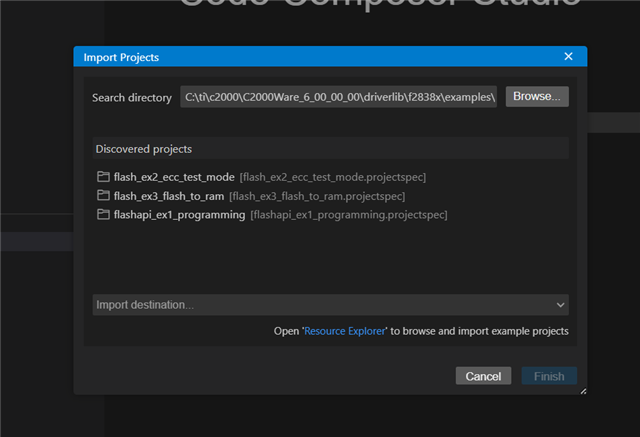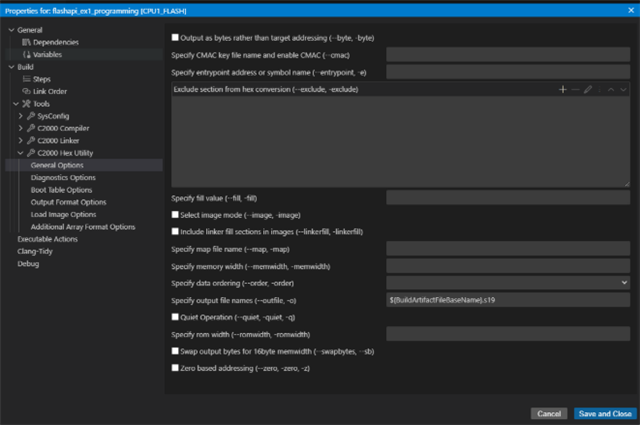Other Parts Discussed in Thread: C2000WARE
Tool/software:
Hi,
Can you share guidelines on how to program the flash and OTP of the device.
I did look into the CCS example files. I see it is for 176 QFP package. Is there a seperate one for the 337 BGA pacakge,
This device is new to me. So can you please explain the steps on programming the flash and OTP of the device using a third party programmer. Thanks!








